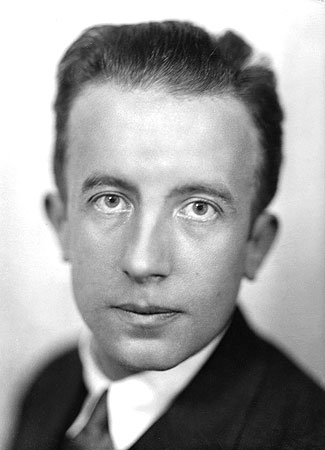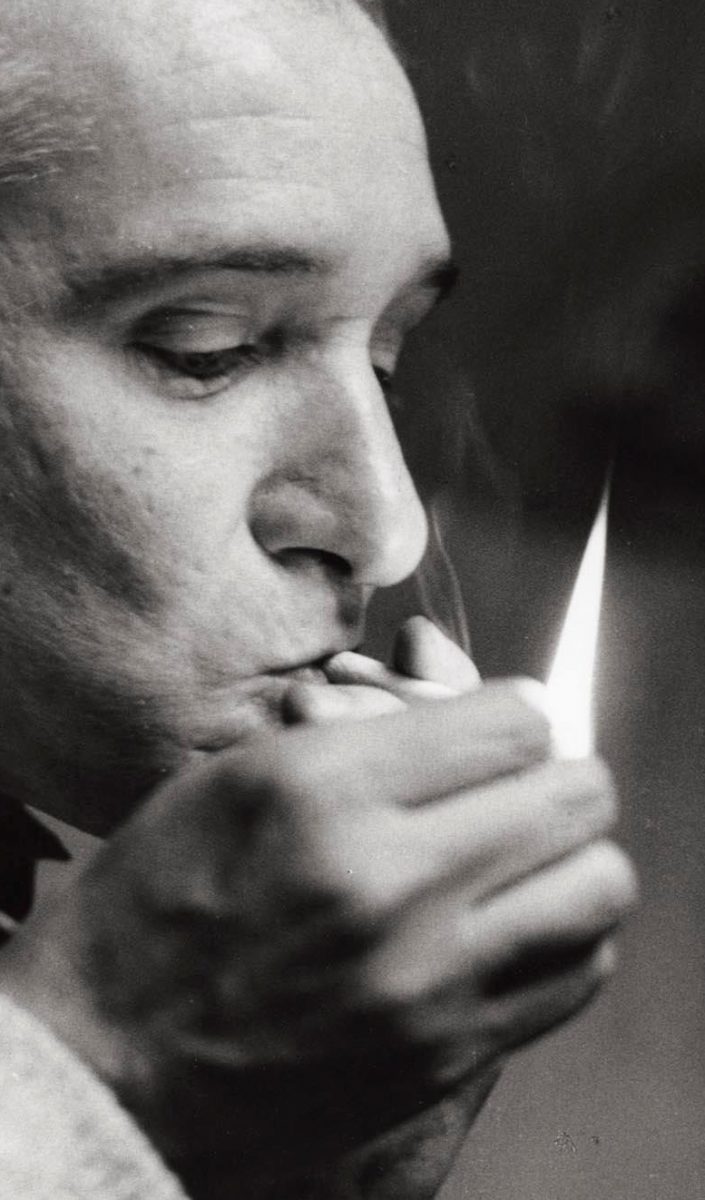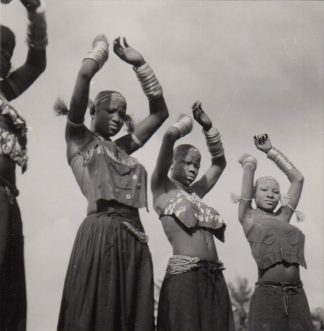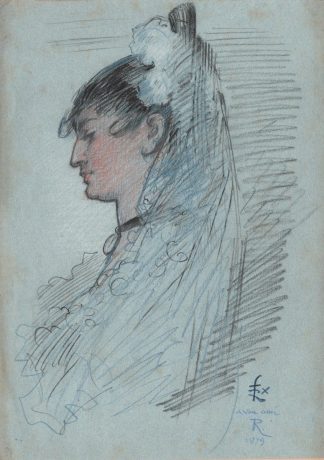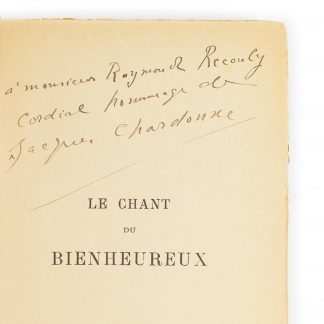Description
AN AUTOGRAPHIC MANUSCRIT and TWO TAPUSCRITS relating to radio broadcasting Poetry and Realitywritten by Raoul Ubac, under the pseudonym Jean Langlois, and produced by Alain Trutat in 1945-1946. Ubac was responsible for writing all the introductory texts and the selection of poems read during the programme.
Autograph manuscript entitled Slang poetry, 5 pages in-4 (200 x 310 mm), in blue ink. A general presentation text and 9 introductory texts by François Villon, Vidalie, Dabuche Michelon, A la Maube, Bain de Soleil, Fleur de Crime, Benjamin Peret, etc.
"A green language - an immature and very young language! A language that depends on all the naivety, all the truculence and brutality available to the language of a people.
A living language constantly enriched by poetic creations, slang will remain in the shadow of the official language as long as another world exists on the fringes of society: that of thieves, criminals, prostitutes and tramps. Slang evolves with the inconstancy of a spoken language, an elementary necessity of a language that wants to be safe from discovery and indiscretion. Nothing is as fluid as slang, it evolves at lightning speed, it goes out of fashion very quickly, but after all, no language can claim to be eternal. [...]" "It is not surprising that poets, and particularly avant-garde poets for whom language had to be reinvented, were attracted by the verbal richness of slang. Benjamin Péret, for example, knew perfectly how to adapt the rough sounds, a reflection of a world where action reigns, to his own poetic style"[...].
Titled typescript Poetry and reality by Jean Langlois for the programme devoted to mystical poetry18 pages in-4 (210 x 270 mm), stapled. Some autograph corrections in graphite. Introductory text of 2 pages, followed by poems by Saint John of the Cross, Jacopone of Todi, Saint Angela of Foligo, Saint Teresa of Avila and Raymond Lulle.
Typescript entitled, Jean Langlois, Poetry and realityUninterrupted poetry by Paul Éluard19 pages in-4 (210 x 270 mm) stapled together. 3-page introductory text followed by the poem Uninterrupted poetry by Paul Éluard.
All the documents are presented in a paper folder with Ubac's autograph in red grease pencil, "Paul Éluard, Emissions Poétiques (10 minutes)". with 2 small drawings in the margin.
5 pages in-4 (200 x 310 mm), in blue ink; 18 pages in-4 (210 x 270 mm) stapled; 19 pages in-4 (210 x 270 mm) stapled


